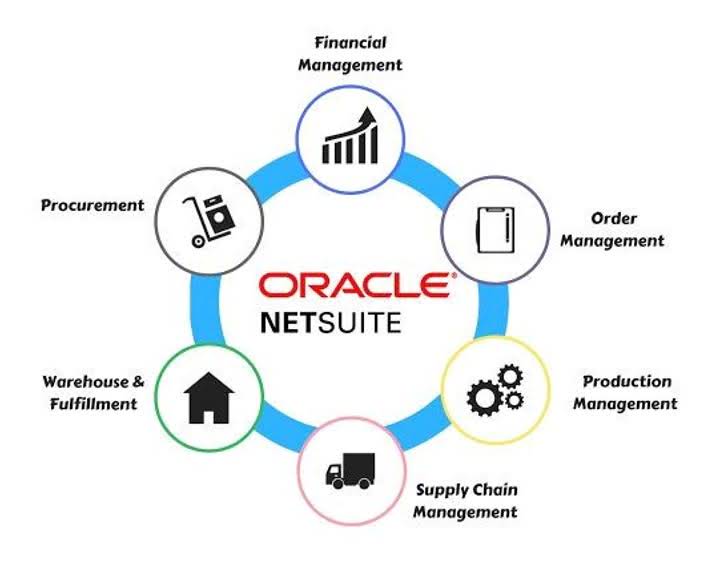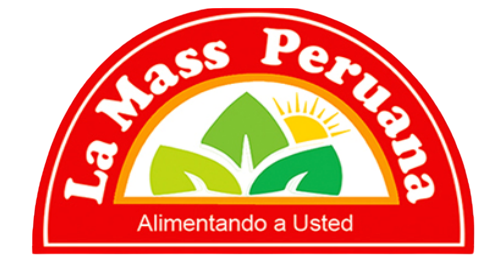
With our straight-line depreciation rate calculated, our next step is to simply multiply that straight-line depreciation rate by 2x to determine the double declining depreciation rate. By dividing the $4 million depreciation expense by the purchase cost, the implied depreciation rate is 18.0% per adjusting entries year. As a hypothetical example, suppose a business purchased a $30,000 delivery truck, which was expected to last for 10 years. Under the straight-line depreciation method, the company would deduct $2,700 per year for 10 years–that is, $30,000 minus $3,000, divided by 10. Deskera Books is an online accounting software that your business can use to automate the process of journal entry creation and save time.
Fundamentals of Depreciation

In this article, we’ll explore how the DDB method works, when to use it, how to calculate it step-by-step, and how tools like Wafeq can help automate the entire process. For instance, if an asset has a life of five years, the sum of the years’ digits would be 15 (5+4+3+2+1). In the first year, you use 5/15 of the depreciable base, then 4/15 in the second year, and so on.
When should a business use this depreciation method?
Depreciation is the act of writing off an asset’s value over double declining balance method its expected useful life, and reporting it on IRS Form 4562. The double declining balance method of depreciation is just one way of doing that. Double declining balance is sometimes also called the accelerated depreciation method. Businesses use accelerated methods when having assets that are more productive in their early years such as vehicles or other assets that lose their value quickly. The double declining balance method is an accelerated depreciation technique, while the straight-line method allocates an equal amount of depreciation expense over the asset’s useful life.
Avoiding Financial Pitfalls in eCommerce Acquisitions: How VDRs and Automation Strengthen Due Diligence

Calculate the depreciation of the asset mentioned in the above examples for the 3rd year. Many businesses switch when DDB becomes smaller than straight-line in later years. I recommend Bookkeeping All-in-One for Dummies for those folks new to bookkeeping. It provides depreciation examples in many sections of the book, unlike the Accounting for Dummies book (affiliate link). Since it is so widely used, and simple to understand, I go into great detail and provide examples in that tutorial.

Using DDB for Varying Asset Types
However, depreciation ends once the estimated salvage value of the asset is reached. This is usually when the net book value of the Suspense Account fixed asset is below the minimum value that asset is required to be capitalized (which should be stated in the fixed asset management policy of the company). The best way to explain the double-declining method of depreciation is to look at some simple examples.
- This article is a must-read for anyone looking to understand and effectively apply the DDB method.
- Under the generally accepted accounting principles (GAAP) for public companies, expenses are recorded in the same period as the revenue that is earned as a result of those expenses.
- The amount of final year depreciation will equal the difference between the book value of the laptop at the start of the accounting period ($218.75) and the asset’s salvage value ($200).
- By accelerating the depreciation and incurring a larger expense in earlier years and a smaller expense in later years, net income is deferred to later years, and taxes are pushed out.
- This approach is reasonable when the utility of an asset is being consumed at a more rapid rate during the early part of its useful life.
- It’s important to ensure that its application complies with the specific guidelines and requirements of GAAP.
- Their values will automatically flow to respective financial reports.You can have access to Deskera’s ready-made Profit and Loss Statement, Balance Sheet, and other financial reports in an instant.

The double-declining method involves depreciating an asset more heavily in the early years of its useful life. A business might write off $3,000 of an asset valued at $5,000 in the first year rather than $1,000 a year for five years as with straight-line depreciation. The double-declining method depreciates assets twice as quickly as the declining balance method as the name suggests. The straight-line depreciation method simply subtracts the salvage value from the cost of the asset and this is then divided by the useful life of the asset. The annual straight-line depreciation expense would be $2,000 ($15,000 minus $5,000 divided by five) if a company shells out $15,000 for a truck with a $5,000 salvage value and a useful life of five years. An asset costing $20,000 has estimated useful life of 5 years and salvage value of $4,500.

Leave A Comment